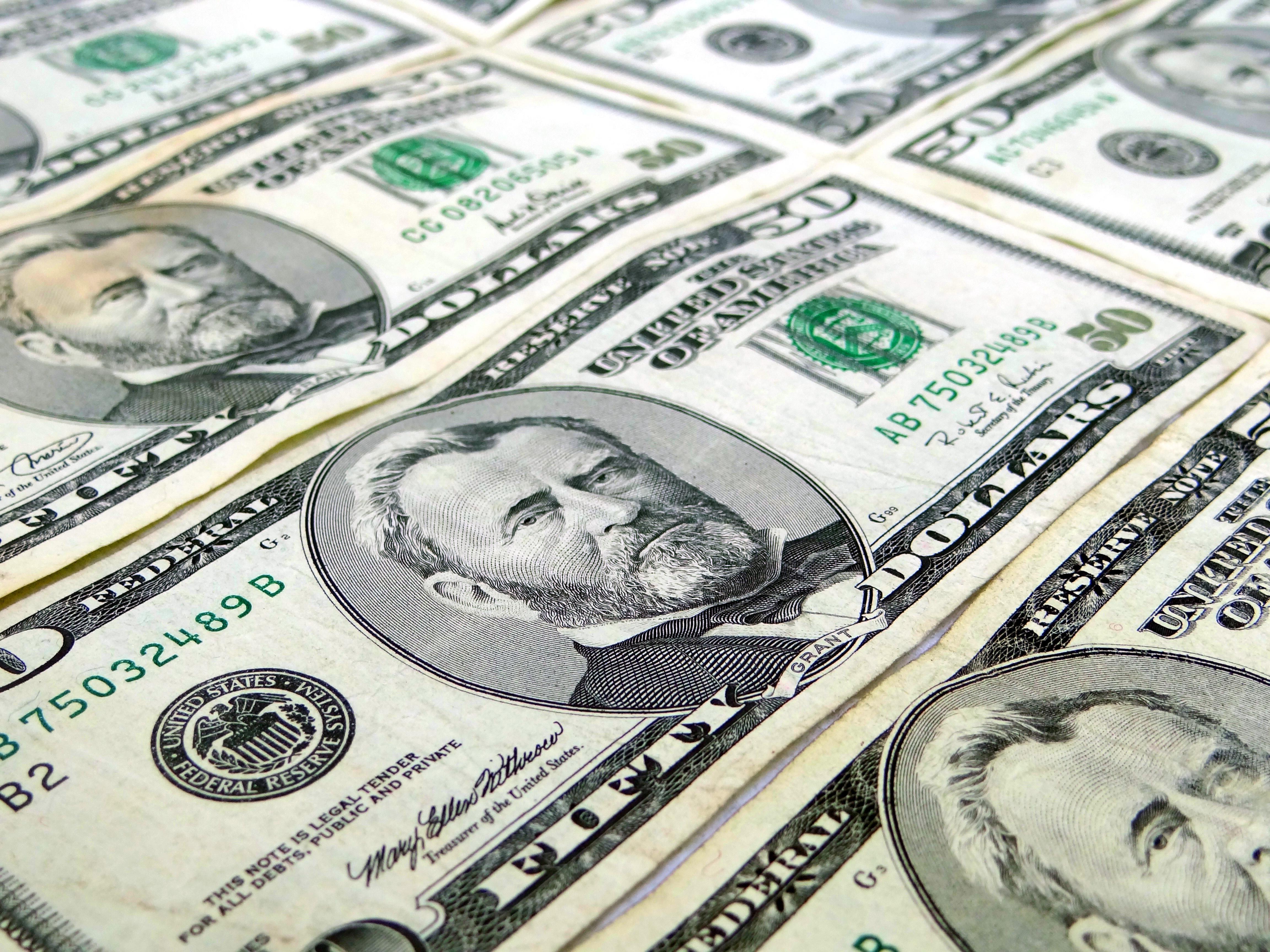
Learn how to collect paper money with a few basics to get you started
We hear about people collecting coins, but what about paper money? Each bill is carefully designed to last for decades and, in the case of collectors, even longer. Have you ever considered starting your own collection of paper money? Here are a few tidbits of interesting information to get you started with your own collection of paper money.
Get Started
The first thing you need to do when figuring out how to collect paper money is to decide what your interests are. It is tempting as a new collector to want to collect everything you find, but it is wise to consider your interests when starting your first collection. Are you interested in a certain geographical area or a time in history?
You can collect according to themes or even denominations such as collecting five- or twenty- dollar denominations. You might also consider collecting paper money with printing errors. A note with an error is often more valuable.
Value
One would think the older the paper bill is, the more value, but that is not entirely true. Age is one of the determining factors, but there are other factors that also must be taken into account when considering value. Consider the condition of the bill, but also consider how many of them were printed.
~
For example, if a large number of one dollar bills was printed in 1902, then chances are there are still many of those bills around today. The larger number of bills available reduces the demand for that particular bill and makes it less valuable than a bill that is more difficult to find.
You might also consider looking for an uncirculated bill or what?s called a ?star note? which will raise the value of the bill considerably. Star notes have an asterisk next to the serial number, indicating a bill with an error that was kept so as not to disrupt the print run. It all depends on the condition and the demand of the note.
Grading
There are many books and articles written about United States currency. The grading depends on wear and tear, and range from ?Crisp Uncirculated? to ?Good.? Items graded are items such as folds, tears and finger smudges. A reputable dealer or collecting organization can educate you on what to look for when collecting paper money.
Storing Your Collection
Deciding how to store your paper money is as important as learning how to collect paper money. It is not always easy. Paper disintegrates over time depending on atmospheric conditions and whether or not it is folded or laid flat. Consider using plastic sleeve that allow you to see both sides of your notes.
For more information on how to safely store world paper money banknotes, visit local currency collecting shows. One of the main considerations is to stay away from PVC plastics and UV light. Light makes your notes fade and plastics made out of PVC, those that have a chemical smell when you unwrap them, promote deterioration of the paper.
Finding valuable paper notes can be a rewarding and sometimes valuable hobby. Decide what interests you and then go in search of your favorites making certain you properly preserve your notes. Sometimes a dollar is not really worth a dollar, but more. Once you learn more about how to collect paper money, you may find a pastime that is not only satisfying, but also valuable.

